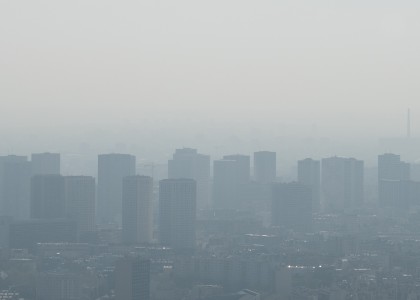A number of state leaders have gone all in, suing the EPA for a rule it hasn't even finalized yet. We've seen a first draft of EPA's proposed Clean Power Plan, but the final rule could change dramatically. One thing that EPA won't change, though, is the language in the Clean Air Act that requires this rulemaking. That language came from Congress, and luckily for states, it provides a great deal of discretion to them to determine how to meet EPA's final performance standards.
This is a jackpot for states. It means that their first and best options remain on the table, regardless of how the final rule gets shuffled. We used a new ACEEE tool to determine that two-thirds of EPA's proposed emission reductions for the nation can be met with the adoption of just three common efficiency policies. The graph below compares the reduction in nationwide emission rates that would be required by the draft rule in 2030 (39%) with the national emission rate reduction that could be achieved through a few select efficiency policies (27%).
States have a lot of experience with these three policies, but there are many more options they can draw from. The goals that EPA sets for states vary widely and some states will have significantly more to do than others. Regardless of EPA’s goals, energy efficiency will be the best play for most states to reduce greenhouse gas emissions from the power sector at the lowest possible cost. Reducing energy waste and improving technologies so that we use less to accomplish more will position states so that other investments they make will be even more affordable. For example, some states may decide to reduce emissions by building new, cleaner generation. While this can be an attractive option, it can also be expensive. Deploying energy efficiency options first reduces the amount of new generation that is needed, thereby reducing the costs of building new facilities.
EPA staffers are under the gun to get a final rule published in time for summer, but ultimately the stakes are highest for states. Luckily, huge amounts of untapped energy efficiency potential means states have an ace in the hole that will help them to provide clean, reliable and affordable energy.





